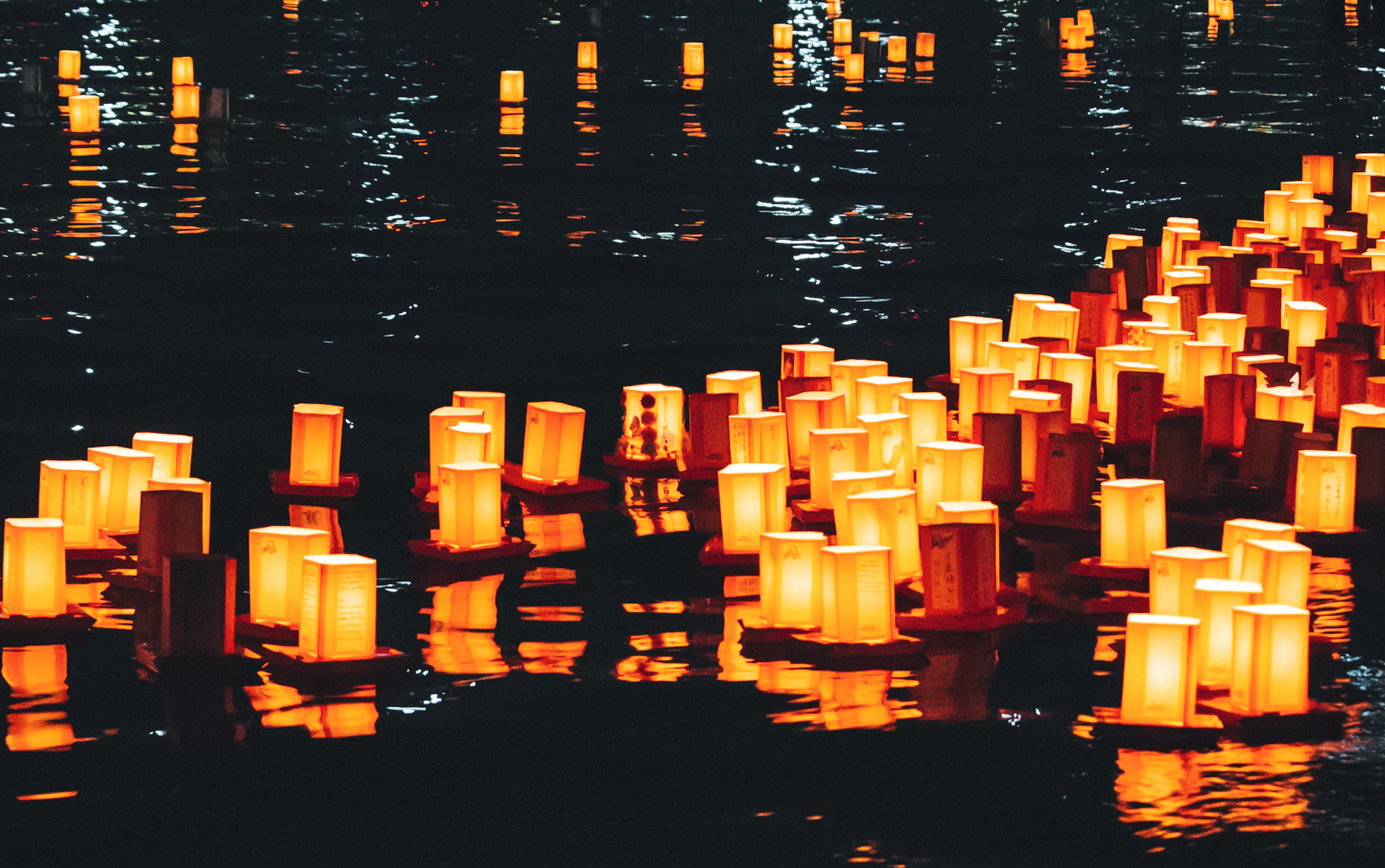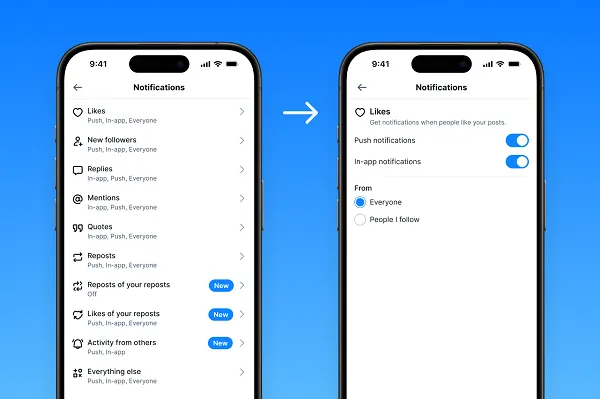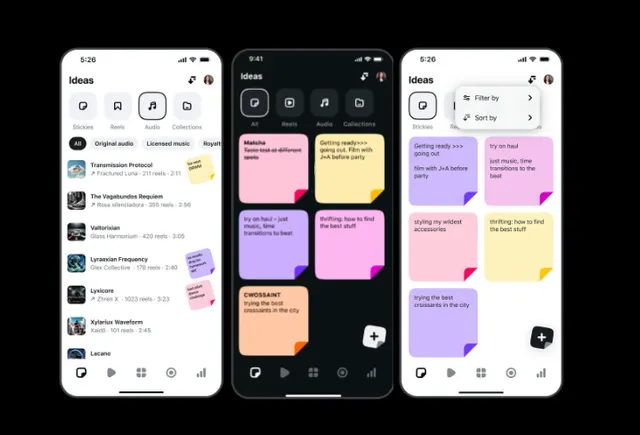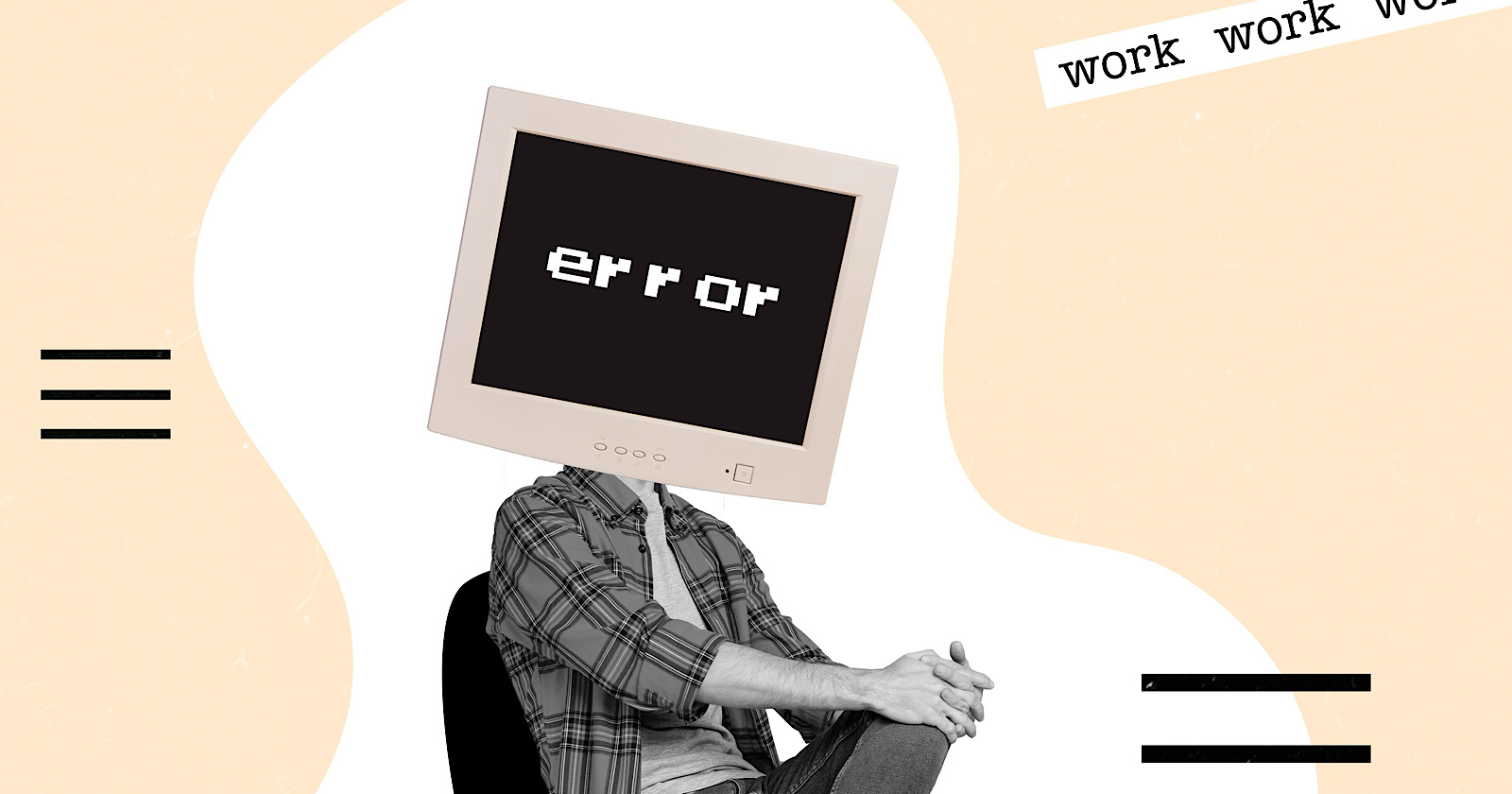In the Midst of the Ordinary
Simply sitting with things as they are right now can be our most wonderful teacher. The post In the Midst of the Ordinary appeared first on Tricycle: The Buddhist Review.

Every month at Dai Bosatsu Zendo, New York Zendo, and the Zen Center of Syracuse, we hold a Mandala Day celebration to commemorate and pay homage to the predecessors in our lineage and all related teachers, sanghas, known and unknown, who helped to further the buddhadharma. The beauty of our monthly Mandala Day celebration is deeply felt in every season, no matter the weather. I remember during last August’s celebration, there was a greatly needed downpour. During zazen, we heard the wonderful sound of purifying rain and the rumbling voice of the universe. And the day before, you know that expression “out of the blue”? A light rain fell and then stopped; the sun came out, and right then, crack. One strike of lightning and then a few seconds after, the thunder, and that was it.
With the events of that August—the transmission ceremony for my second dharma heir, Hokuto Daniel Diffin Osho; Obon, and Mandala Day—we opened to that which cannot be fathomed by the usual rational mind. I know that many people go to Obon thinking, “Do I really believe this stuff? You know, all about the spirit world….” Such thoughts seem to fall away once we chant at the Opening Fire, invite all the spirits to join us, create our lanterns, and surrender to the inconceivable power of the Obon ceremony. As Soen Nakagawa Roshi wrote, “Where we live is in fact the spiritual realm, a realm of many billion worlds, which goes beyond three, four or even infinite dimensions. … It’s all manifested right here at this moment. It is alive and kicking!”
We felt this so strongly at Obon 2022. After our chanting and my talk, we walked down to Beecher Lake carrying our lit lanterns, which we had inscribed with the names of our departed teachers, ancestors, and loved ones, and ten lanterns bearing the numbers 100,000 for the more than one million Americans who had died of COVID. We handed the lanterns to the rowers in the two boats. So many lanterns, they barely fit!
Then we experienced something that in all the years I’ve attended Obon ceremonies, has only happened once or twice. The boats silently rowed off, and the glowing lanterns were set out on the still water. A white light in the sky got stronger and stronger. As the lanterns returned to the spirit world, to the other shore, the glorious full moon slowly rose above the mountain, right in front of us. Namu Dai Bosa!
This kind of mystical occurrence is in fact always happening in myriad ways. What we think is rare is not really so; what’s rare is our being open to it, right in the midst of the ordinary. As Soen Roshi put it, “At the same time that we experience a world where all is one, we see the world of differentiation, where not one thing is the same. The world of absolute differentiation is, as it is, a world of absolute equality.”
All the great teachers to whom we dedicate our chanting, and every single one of us, are woven into this interconnected reality. It’s indescribable, but perhaps the Japanese word myo conveys it best: wondrous, mysterious, subtle, as in Maurine Stuart’s dharma name, MyoOn, Subtle Sound. That subtlety means that we cannot experience it if we are caught up in ego-driven preoccupations. Yet it’s always here.
You’re probably familiar with the story of the student who goes to a teacher and asks, “How do I get into Zen? How do I enter the Way?” The teacher asks, “Do you hear the sound of the rushing stream?” “Yes, I do.” The teacher says, “Enter from here.”
Right here, in every moment! “With ears to hear, eyes to see,” the Zen saying goes. It’s in everything. I am sure we all felt this in our Mandala Day zazen when the thunderstorm, with its strong wind and pounding rain, came passing through. The sound surrounded us, moved through us, was who we were. This is true of every phenomenon; it’s not limited to a thunderstorm or a gurgling brook, of course. We cannot lock onto any one particular manifestation—grabbing hold of it, we’re already separated from it, lost in the past tense. Right now: enter from here. This siren—wake up! Wake up! Do you think you have time to doze off in your life? No, no. Wake up!
What we think is rare is not really so; what’s rare is our being open to it, right in the midst of the ordinary.
It’s our erroneous belief in a separate selfhood, with its insistent refrain of “I, me, mine,” that keeps us from hearing and seeing directly. That constructed self worries, “How am I going to get what I need? What does this mean for me? I have to protect what’s mine!” The discomfort that this brings makes us want to run away, but as Bob Marley sang, “You can’t run away from yourself.” We seek distractions so that we don’t have to face that discomfort. We can call it dukkha, we can call it many things, but it’s essentially not being present for our lives. We think, “There must be a better way. There must be a better place. If I could only get rid of … ” whatever. But instead, we have to go straight into it. Experience it directly, without analyzing, without judging.
This is what is so crucial about zazen. We begin to see that everything that causes us suffering is conditional, changing, and has no fixed reality. Why should we believe in it to the exclusion of everything else that is revealing itself in this moment? Old habits, as they say, die hard. And there’s a lot of fear. What if we didn’t have these habits? Who would we be then? What if we didn’t cling to what we have come to believe in as the self? Then what?
So our practice is to go right into that “then what?” To sit with the willingness to experience things as they are. This can only happen when we start to feel the impermanence of all composite things, which disrupts the belief that we are controlled by them.
What is sitting, really, but opening to the possibility that we don’t know what’s happening? That things as they are right now, including all that we have identified as problems, are our biggest teachers, our most wonderful teachers. This is where practice in relationship—someone you live with, someone you work with—can be quite illuminating. Very few of you are complete hermits, right? Every now and then you go out, and you see someone, and you get irritated. Some of us don’t have to go out to get irritated. That’s the great teaching of relationships!
What if you can really appreciate this, and see that annoying person as the teacher you need? Maybe they’re not the teachers you want. But that “I want” is a big impediment, right? “I refuse to accept this; I want it to be different!” “I know exactly how this person should be, and I will tell him/her/them.” That doesn’t seem to work very well.
The thing is, you don’t trust yourself. You don’t trust the mind that opens in zazen. But that’s the point of practice. Something comes up, a thought comes up, a trigger arises. You see it for what it is, and let it go on the out-breath. Again and again and again. Your zazen allows you to question, “Is this real? Why am I feeling enslaved by it?” Again, just returning to this exhalation. What you think matters doesn’t matter.
Master Rinzai often spoke of students’ disease—dis-ease—as a lack of self-confidence, by which he meant a lack of trust in the true self. He said, “If your faith is insufficient, you will keep on wandering in confusion.” If you don’t trust in your own true nature, you will be gripped by everything that arises. He continued, “You will be controlled and led around by others. You will not find freedom.” And he ends that passage, “Is there anything you lack in your everyday activities? The six rays of divine light never cease shining.”
This is another way of saying myo, another way of saying Mandala Day, another way of saying the spirit world is revealing right here and now, whether we call it Obon or whether we call it just sitting down and shutting up. Right here, right now, the rays of light never cease shining. “If you can understand in this way, then you will just be a person of buji throughout your life,” Rinzai said.
I really encourage you to read or re-read Eido Roshi’s commentary on buji in the translator’s introduction to The Book of Rinzai. He wrote, “You may ask, if buji implies doing nothing, then why do we have to practice? Isn’t ‘doing nothing’ in the usual passive sense of the phrase enough?”
This is a question you may struggle with, when you think “doing nothing,” or “there’s nothing to do,” means checking out. As bodhisattvas, we are called upon to respond to circumstances, not reactively, but with the clarity of mind that arises from true insight. That clarity of mind itself is buji. It’s having no fixed thought about the situation, no preconception about what your response should be. Coming directly from the One Mind of zazen, awake to whatever has arisen, you can respond appropriately, not out of some view or opinion or controversy that has entangled you.
At a recent sesshin a student had a remarkable, deep experience, kensho, and was so happy. Even when in pain or making a mistake, he couldn’t wipe the smile off his face. A few weeks later he came for dokusan on Zoom, and he was still smiling. But then he said, “I’m just a little worried.” I asked, “How so?” He said, “Well, maybe I am becoming complacent.”
This is what Rinzai was getting at. Trust in this opening to who you truly are, which is all of it. This light that keeps shining, shining through, shining through, this radiance. No need to add a thought like, “Oh, I should be trying harder. I should try to make it something more.” That of course comes from our conditioning. “I can’t just be sitting here in bliss; shouldn’t I be making an effort?” These are the funny thoughts that come from that old conditioned mindset.
I told him, “Just put your palms together; allow yourself to feel your gratitude.” That’s all. Allow. Feel. No need to weigh it, no need to make a new effort, to make it more, or try to hold onto something you can’t possibly grasp. It’s far beyond any limited conception. You are far beyond. This is the point. It’s not something out there. It’s within you, right? This is it. So, no gaining idea, no “okay, now I got something and I better get more.” It’s ridiculous when you put it that way, but it’s understandable. And this is a very important point: no judgment. No blame when your mind starts taking you to these places. Just return to the breath with a grateful heart, that’s all. No need for anything else.
On the afternoon of August 21, the Zen Center of Syracuse Hoen-ji held its annual meeting. It’s been fifty years since this sangha started in a little room at Syracuse University. Who would’ve thunk it? Eido Roshi came to SU in the fall of 1972, gave a talk, and sittings continued uninterruptedly at various sites, including the attic of my home, during the next twenty-four years. Finally, we found this place at the intersection of Onondaga Creek and Seneca Turnpike—two of the Haudenosaunee Six Nations, to whom we bow in deep acknowledgment and gratitude. We had our formal opening on October 18, 1996, and renovated the old carriage house into a beautiful zendo. But the myo of what really happened is this: fifty years ago, a few people sat down.

 KickT
KickT 
































